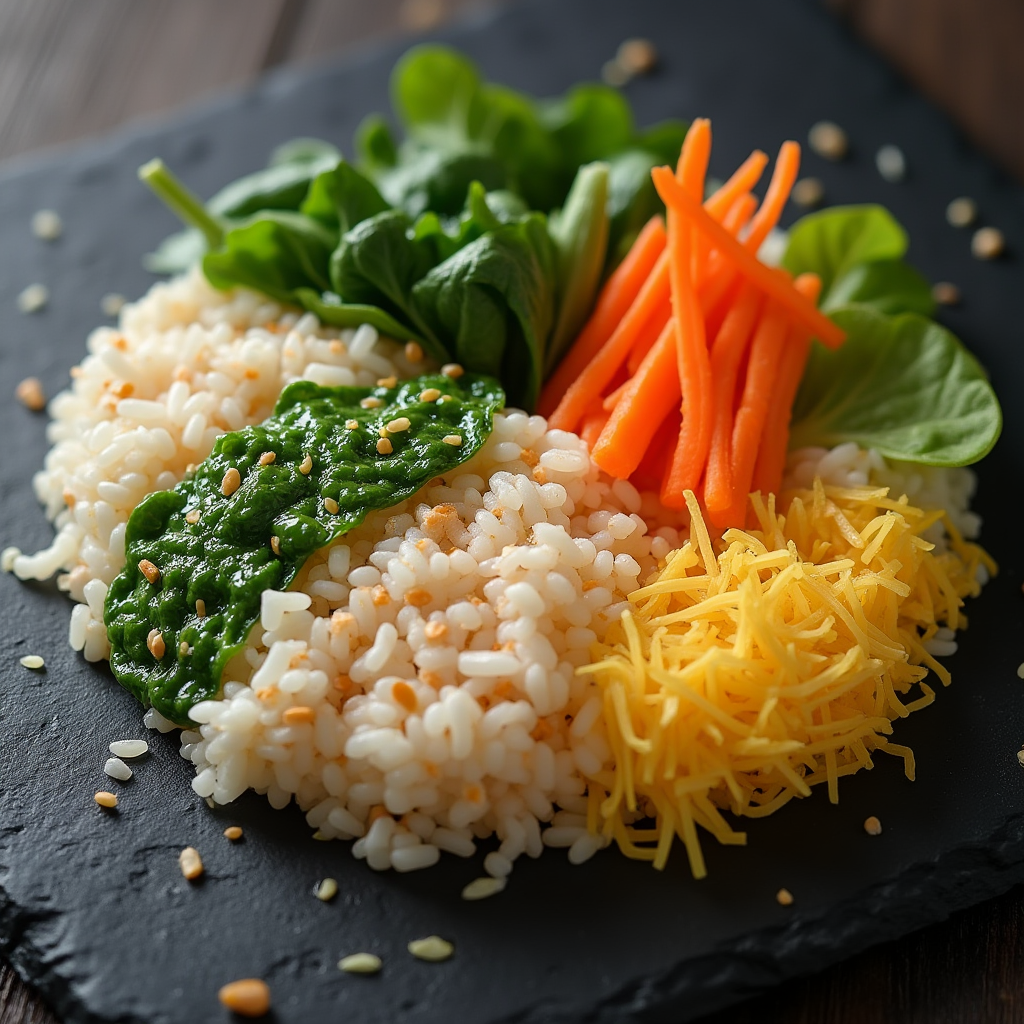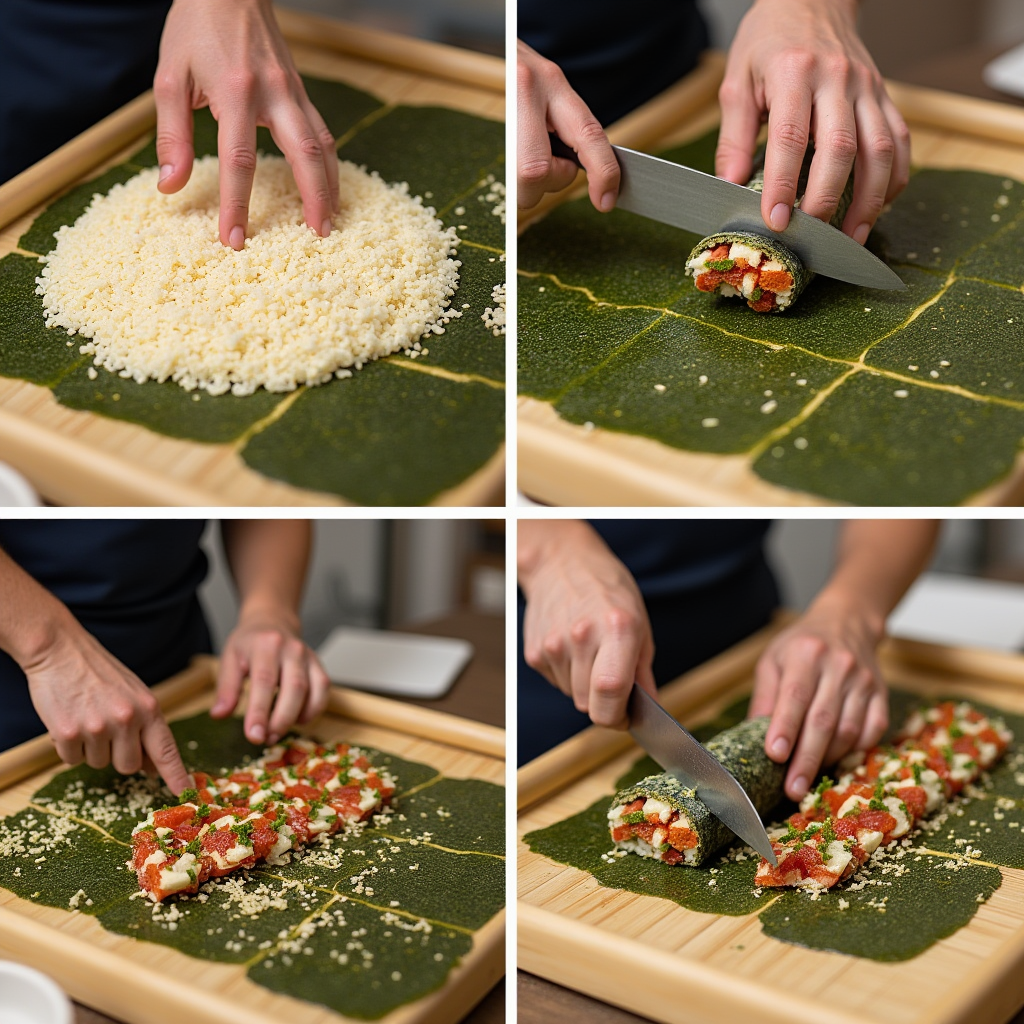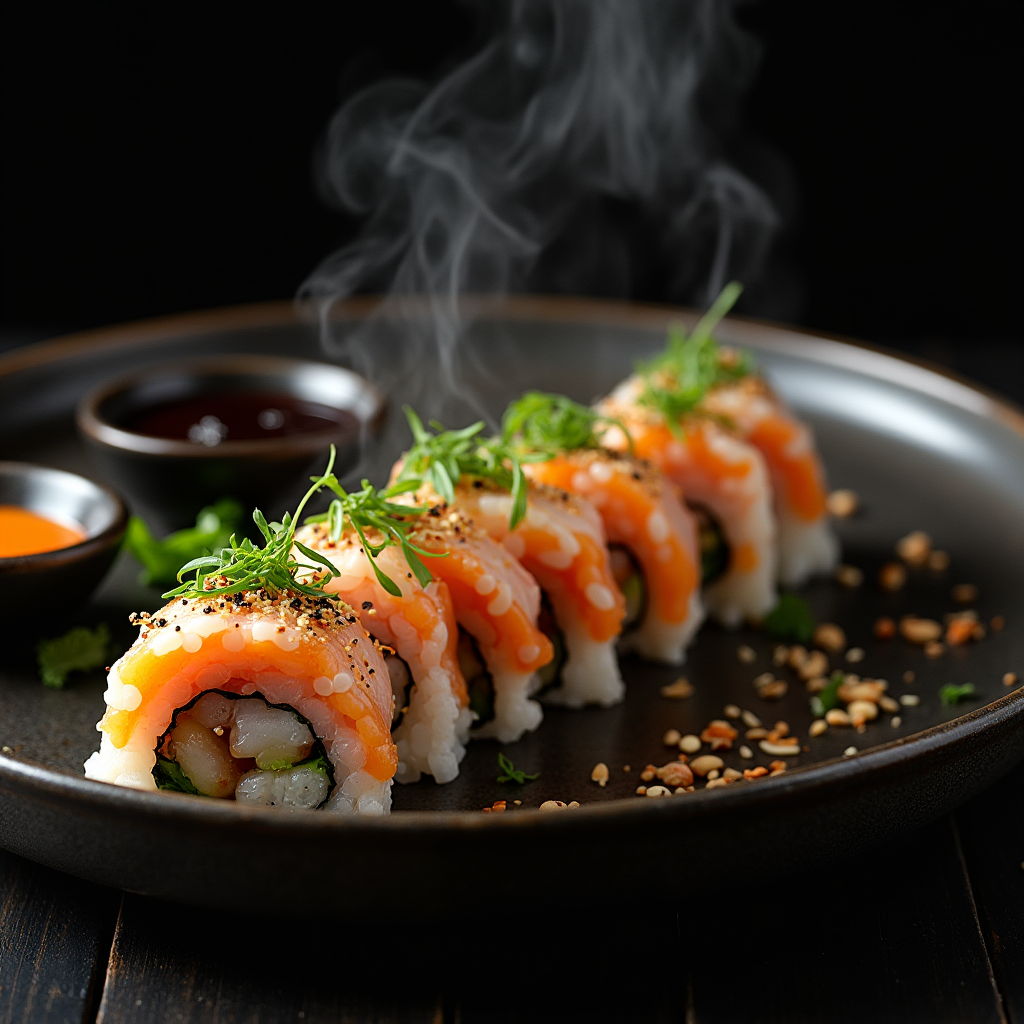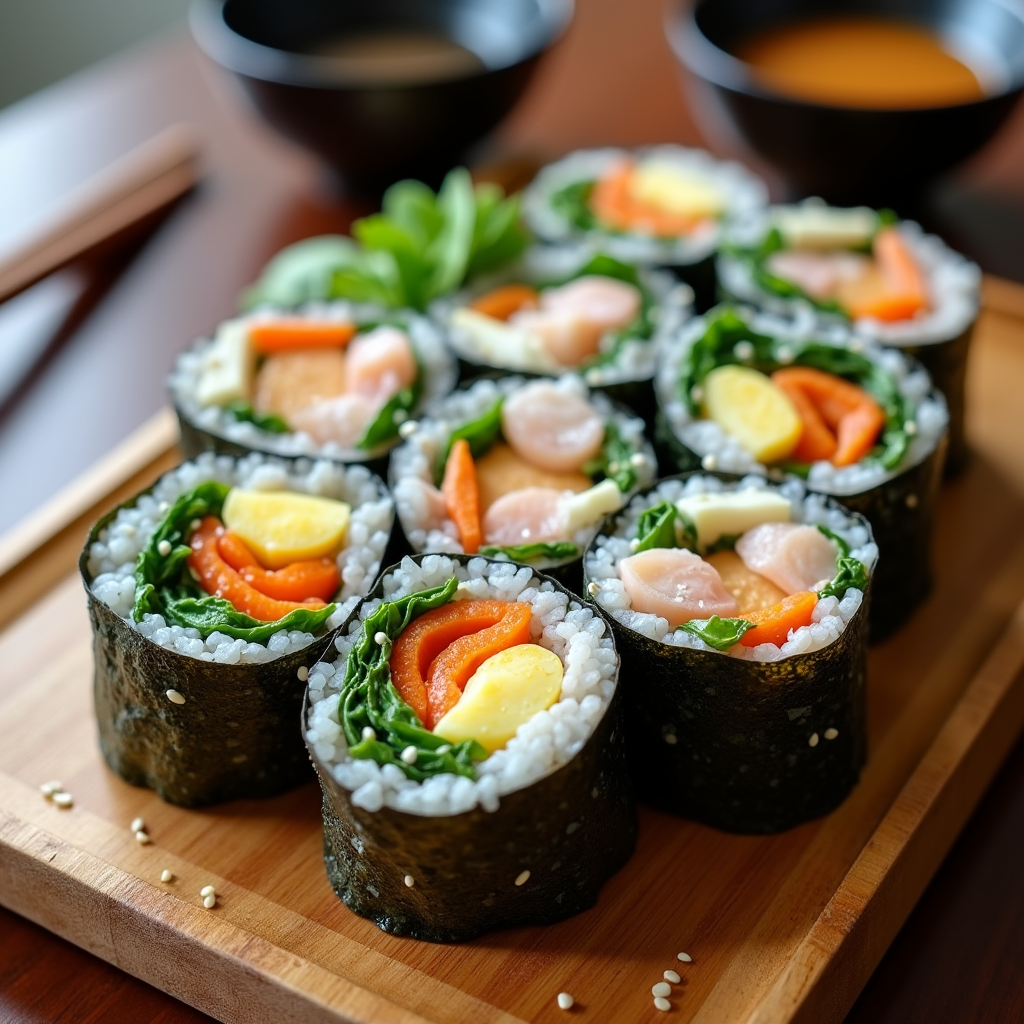Korean Kimbap Secrets for Perfect Rolls Every Time
Have you ever struggled to make Korean kimbap with those picture-perfect, tight rolls that don’t fall apart? You’re not alone! Even as a staple of Korean street food, mastering the art of kimbap rolling requires a few insider secrets—which I’m sharing today.
This isn’t just another kimbap recipe; it’s your blueprint for perfect rolls every time, whether you’re meal prepping for the week or packing a flavorful picnic. With the right balance of seasoned rice, crisp veggies, and a few pro techniques (like toasting gim for extra crunch), you’ll wonder why you ever hesitated.
The best part? Kimbap is endlessly customizable. Want something spicy? Add gochujang. Need a vegan twist? Skip the eggs and load up on marinated tofu.
By the end of this guide, you’ll be rolling with confidence—no sushi-grade skills required.
If you love easy and delicious meal ideas, check out this healthy oats recipe for another quick and nutritious option.
Key Benefits of Making Korean Kimbap
Why should you master Korean kimbap? Because these flavorful rolls are:
- Meal prep heroes – Make a batch on Sunday for quick lunches all week.
- Versatile – Swap fillings based on what’s in your fridge—leftovers welcome!
- Travel-friendly – Pack them for picnics, road trips, or lunchboxes (they won’t get soggy like sandwiches).
- Nutrient-packed – Balanced with veggies, protein, and carbs—no guilt, just satisfaction.
Want another delicious meal-prep idea? Try these cheesy chicken enchiladas for a comforting alternative.
Ingredients (Makes 4 Rolls)
For the Rice
- 2 cups short-grain white rice (sushi rice works too)
- 2 tbsp sesame oil
- 1 tsp salt
- 1 tbsp toasted sesame seeds
Fillings (Customizable!)
- 4 sheets gim (Korean seaweed)
- 1 cup spinach, blanched & squeezed dry
- 1 carrot, julienned and sautéed
- 1 cucumber, deseeded and cut into strips
- 3 eggs, beaten and cooked into a thin omelet
- 4 strips pickled radish (danmuji)
- 1 imitation crab stick, sliced lengthwise (or sub smoked salmon)
Tools
- Bamboo rolling mat (makisu)
- Sharp knife
- Damp cloth (for clean slicing)

Step-by-Step Instructions
1. Prep the Rice
- Rinse short-grain rice until the water runs clear, then cook per package instructions.
- Gently fold in sesame oil, salt, and sesame seeds while warm. Let cool slightly—warm rice is easier to spread, but hot rice tears gim.
2. Assemble the Fillings
- Pro tip: Cut all fillings into uniform strips so they roll evenly.
- Lightly toast gim over low heat for 5 seconds per side for extra crispness (optional but game-changing).
3. Roll Like a Pro
- Place gim shiny-side down on the bamboo mat.
- Spread ½ cup rice evenly, leaving a 1-inch border at the top.
- Layer fillings horizontally in the lower third of the rice.
- Lift the mat’s edge, tucking fillings tightly as you roll forward. Squeeze gently to seal.
Love dishes with bold Asian flavors? Try this ground beef bulgogi recipe for a delicious Korean-inspired twist.

4. Slice & Serve
- Wipe the knife with a damp cloth between cuts to prevent sticking.
- Cut rolls into ½-inch slices—thicker slices hold better for beginners.
Pro Tips and Variations
- For tighter rolls: Chill rice 10 minutes before spreading—it firms up slightly.
- Vegan swap: Skip eggs/crab; use marinated tofu or sautéed mushrooms.
- Spicy kick: Add a schmear of gochujang or sriracha before rolling.
- Make ahead: Wrap rolls in foil and refrigerate for up to 24 hours (the gim stays crisp!).
Love sweet-and-savory dishes? Check out the best teriyaki ribs recipe for an umami-packed meal.
Serving Suggestions
- Dips – Serve with soy sauce mixed with a splash of vinegar or spicy mayo.
- Pairings – Enjoy with miyeokguk (seaweed soup) or kimchi for a full Korean meal.
- On the go – Pack in parchment paper to prevent squishing.

Looking for more Asian-inspired comfort food? Try this red lentil chili for a hearty, plant-based dish.
Essential Facts About Korean Kimbap
- Korean kimbap is a popular grab-and-go meal in Korea, often compared to sushi but featuring sesame-oil-seasoned rice and cooked fillings, as explained by BBC Good Food.
- The key to perfect kimbap rolls lies in using short-grain rice and fresh ingredients, a technique highlighted by Bon Appétit.
- Traditional kimbap fillings include spinach, carrots, eggs, and pickled radish, with variations explored in depth by Serious Eats.
- For an authentic kimbap experience, lightly toasting the seaweed (gim) enhances flavor and texture, a tip verified by Food Network.
Conclusion
Now that you know the secrets—toasted gim, chilled rice, tight rolling—you’re ready to make kimbap that’s as beautiful as it is delicious.
Your first roll might not be perfect, but it will still taste amazing. Tag me in your creations—I’d love to see your twists!
FAQs
Q: Can I use brown rice?
A: Yes, but short-grain brown rice sticks best. Add extra sesame oil to prevent dryness.
Q: How do I store leftovers?
A: Wrap tightly in foil and refrigerate for up to 2 days. The gim softens but still tastes great!
Q: Is kimbap the same as sushi?
A: No! Sushi uses vinegared rice and raw fish, while kimbap features sesame-oil rice and cooked fillings.

